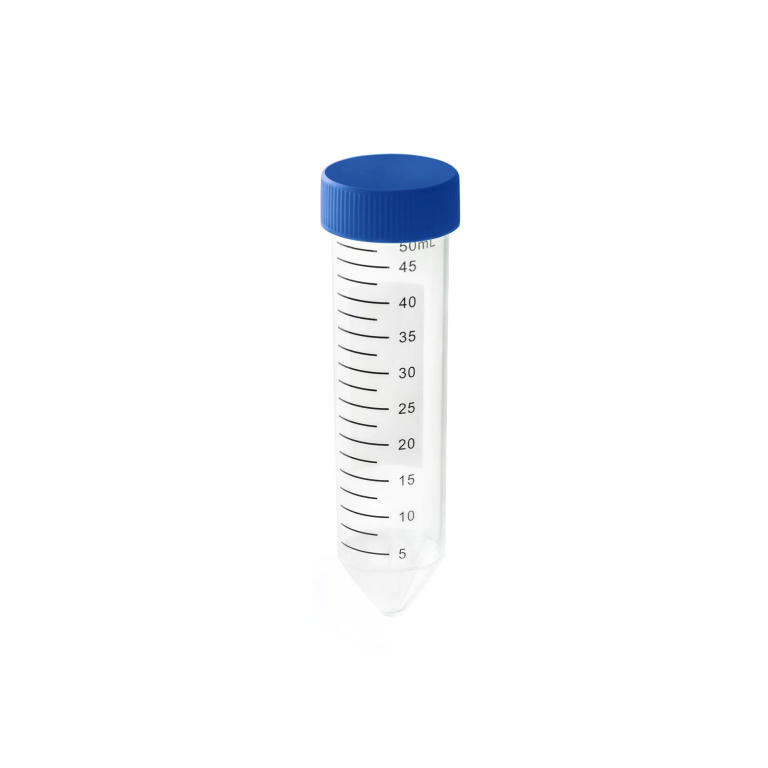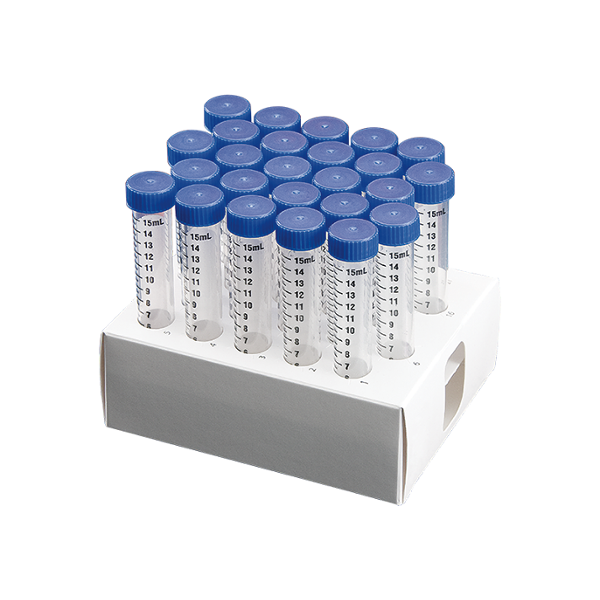Deep wells in plates serve a few key purposes:
– Allow for larger reaction volumes – The deeper wells enable volumes up to 2-5 mL to be used, compared to 0.2-0.5 mL in standard 96-well plates. This is useful for assays and reactions requiring more reagents.
– Enable compound storage and screening – Deep wells can hold larger volumes of candidate compounds for high-throughput screening. They allow replicating sampling while minimizing plate usage.
– Facilitate mixing and settling – The deeper well geometry promotes better mixing and faster settling, which can improve certain biochemical assays.
– Allow compatibility with multichannel pipettes – Deep wells accommodate larger volume multichannel pipette tips for faster liquid transfers.
– Reduce evaporation – The higher well sides help minimize evaporation from the open tops of plates during longer incubations.
– Improve sensitivity for certain detection methods – Increasing the optical path length by using deep wells can improve the sensitivity of absorbance or fluorescence measurements.
– Enable cell culture applications – Deep wells provide more medium volume and gas exchange surface area to better grow and assay cells over longer periods.
In summary, deep wells facilitate assays, compound storage, and biological experiments that are difficult in standard, shallow well plates due to volume, mixing, and evaporation limitations. The ability to work with larger volumes makes them popular for high-throughput applications.


